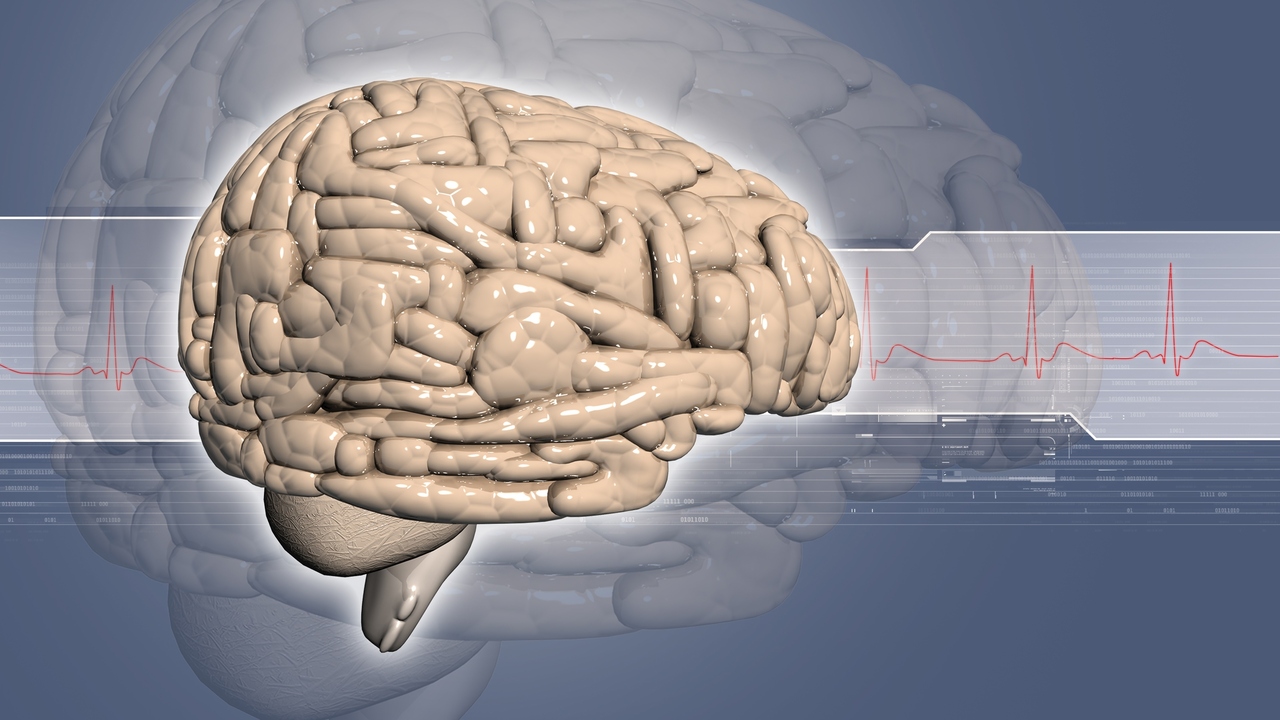Brian, the son of one of my graduate school professors, developed brain cancer when he was 12. He had surgery and chemotherapy, but the cancer grew back. His parents then took him across the country for an experimental treatment that offered hope. The doctors removed some of his bone marrow to preserve it while they gave him a massive dose of chemotherapy, the highest dose they thought he could survive. Brian came through the chemo with no major organ damage. The doctors re-implanted his bone marrow. He still needed daily blood transfusions, however. And the cancer still grew back. Brian died almost 20 years ago. Over that time, researchers have continued to battle this aggressive cancer.
Glioblastoma multiforme (GBM) is the most common primary brain cancer in adults, and affects children as well. It is highly difficult to treat because of its invasive nature and resistance to conventional radiotherapy and chemotherapy. In addition, it often occurs in proximity to vital brain structures, so that surgical options have limited value. Standard treatment over the last few decades has been surgery followed by cytotoxic chemotherapy and radiotherapy. Unfortunately, the median survival time has increased only modestly.
A research team at the University of California reports that the immune system offers our best hope for fighting brain cancer. There is an “old dogma”, as they put it, that cytotoxic and immunotherapeutic approaches can not be used together. Standard cytotoxic chemotherapy suppresses the immune response: this is why hand sanitizers are prominently displayed on or near the doors of hospital rooms on the oncology floors. However, current research demonstrates that the two approaches work well together.
The brain is immunologically “privileged”, in medical terms. The blood vessels in the brain are less permeable to large molecules, viruses, and bacteria, compared to vessels in the rest of the body. This blood-brain barrier generally protects our brains from infection and a variety of toxic chemicals. In the case of cancer, however, this immunological “privilege” is a disadvantage for the brain. The California researchers report that the normal brain does not have the dendritic cells that are necessary to prime the adaptive immune response. Thus, gene therapy to boost the anti-tumor immune response is an active area of research.
Dr. John Sampson made the national news on Oct. 4, 2010, with an experimental vaccine that extends the median survival time from 15 months to 26 months for certain types of glioblastoma. The National Brain Tumor Society provides current news on its web site, http://www.braintumor.org/.
References:
1. Candolfi M et al, “Gene therapy for brain cancer: Combination therapies provide enhanced efficacy and safety”, Curr Gene Ther. 2009 October; 9(5): 409-21.
2. Brain cancer in the news:
http://www.webmd.com/cancer/brain-cancer/news/20101004/vaccine-may-help-treat-brain-cancer
Linda Fugate is a scientist and writer in Austin, Texas. She has a Ph.D. in Physics and an M.S. in Macromolecular Science and Engineering. Her background includes academic and industrial research in materials science. She currently writes song lyrics and health articles.






Add a CommentComments
There are no comments yet. Be the first one and get the conversation started!